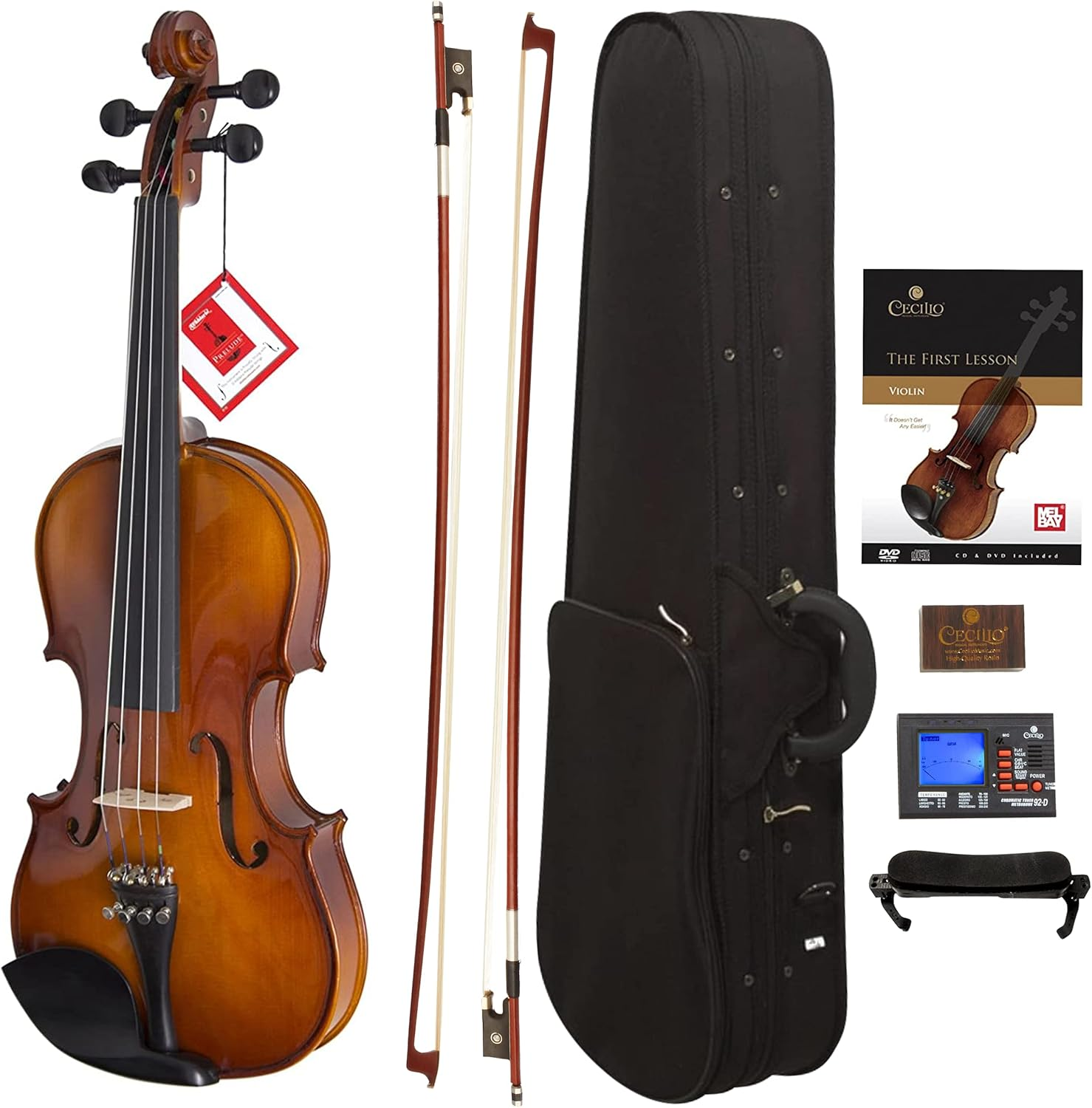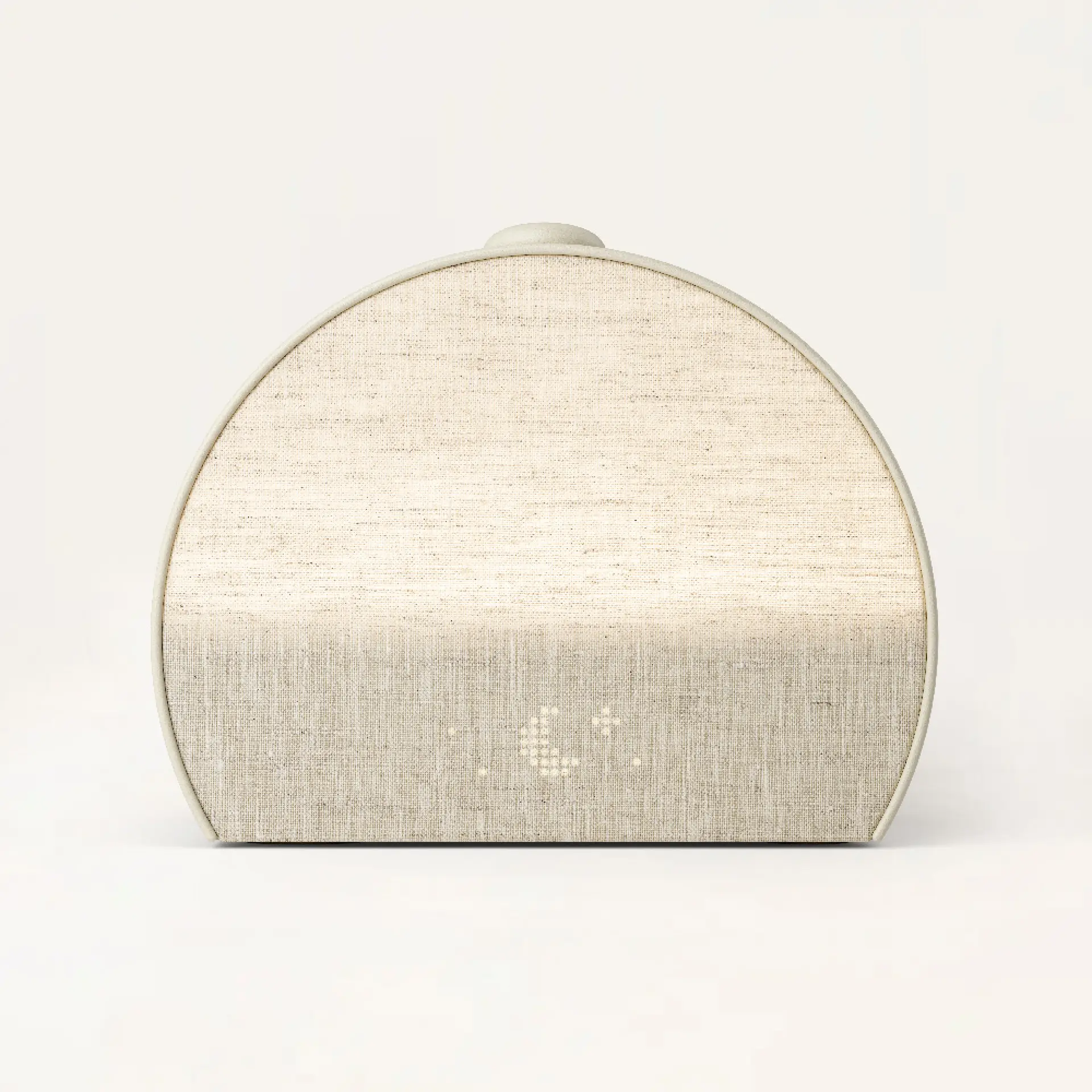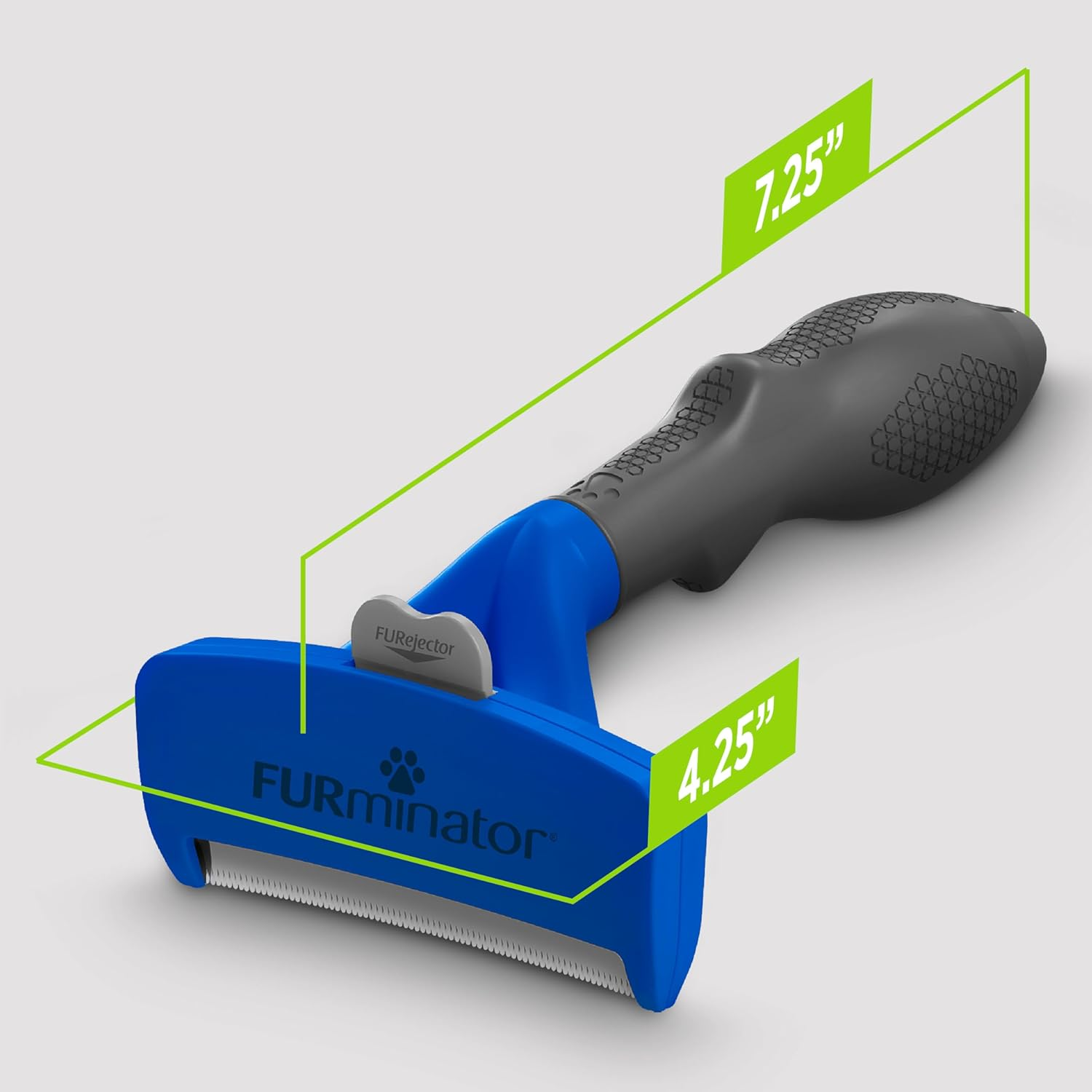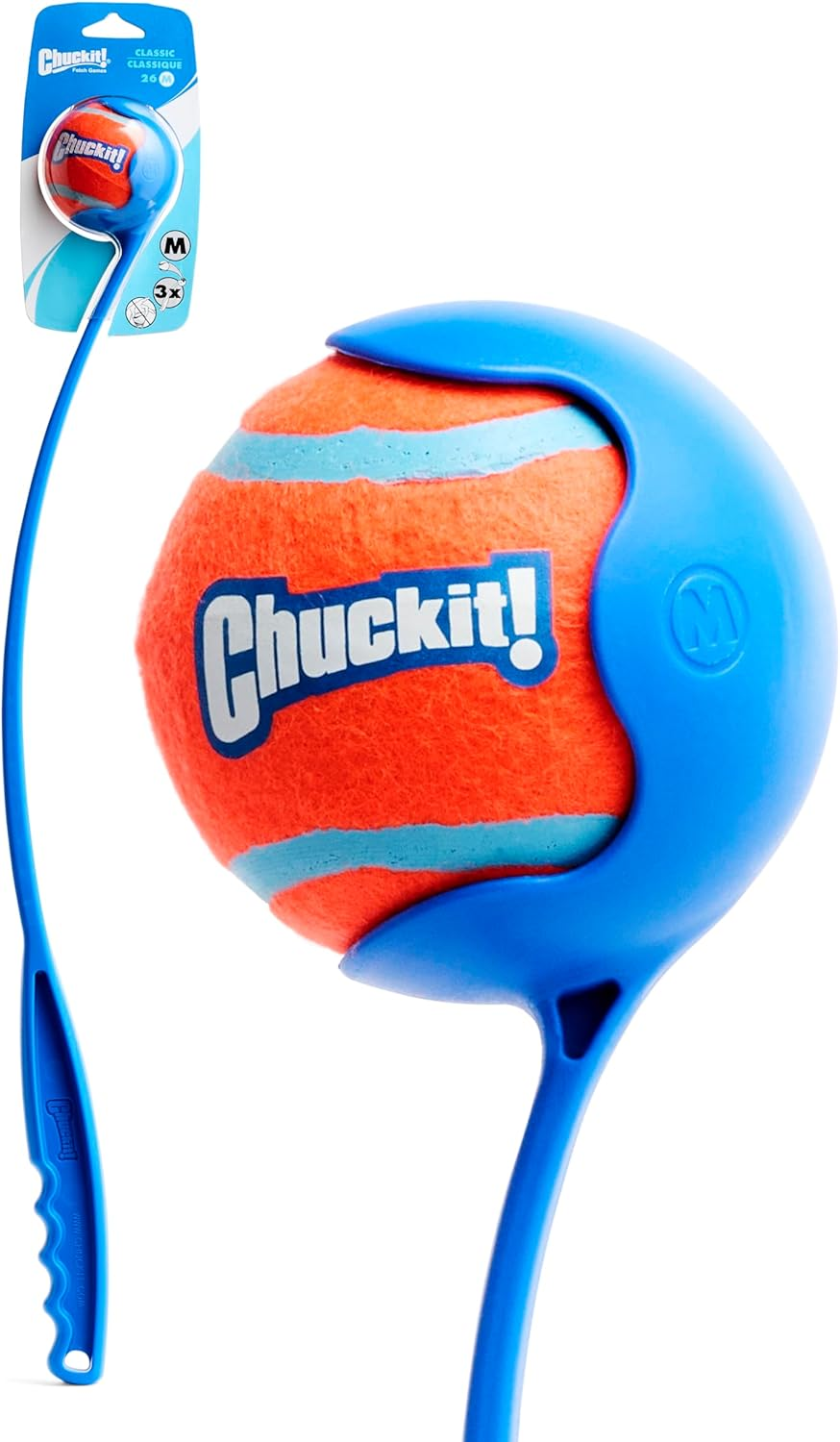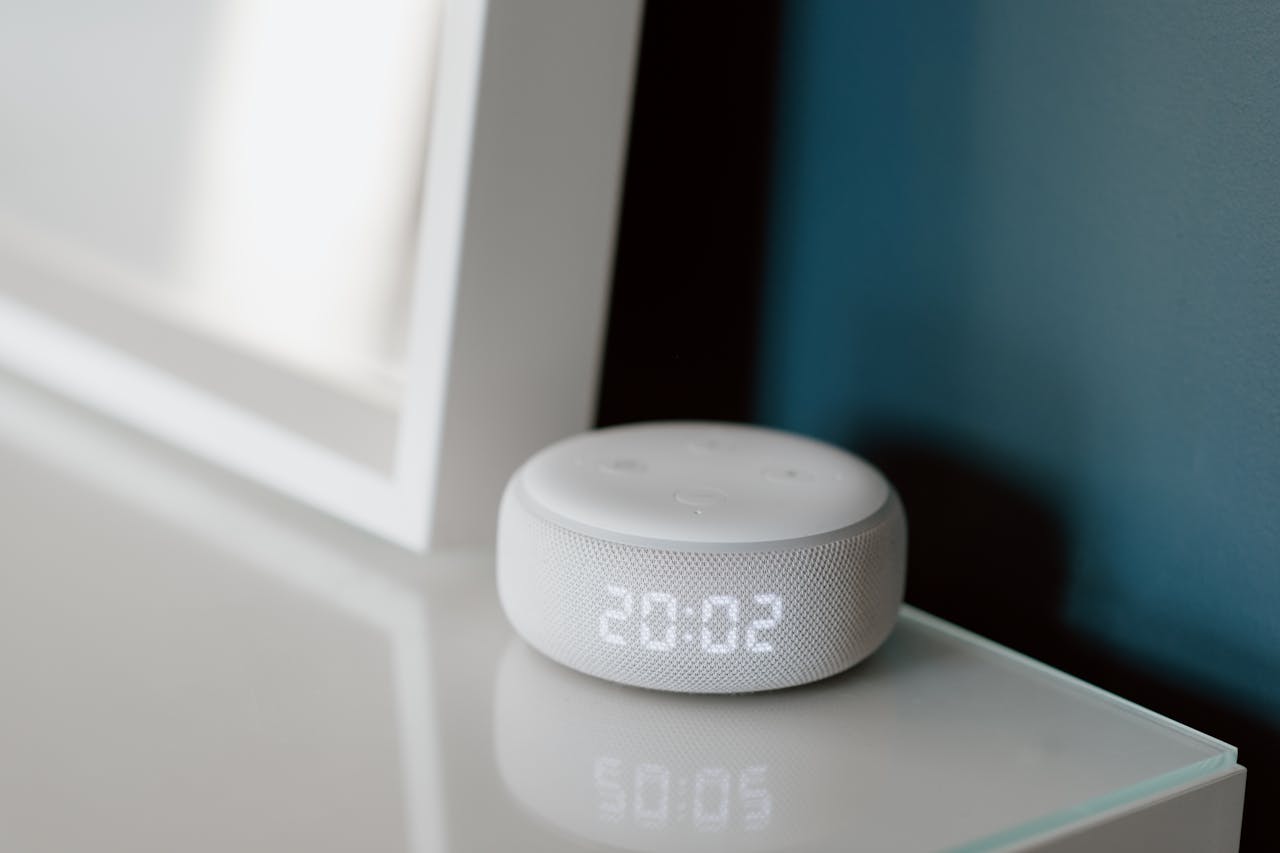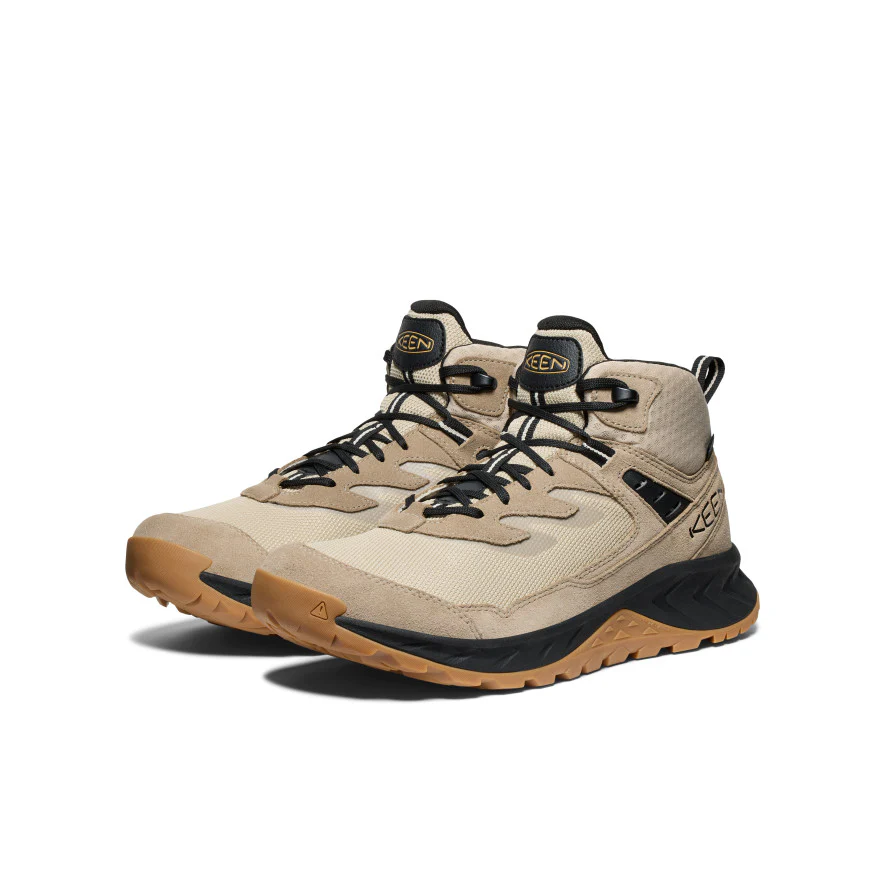Learning the violin is a rewarding journey, but picking the right beginner violin can be a bit daunting. Violins come in different sizes and qualities, and a good first instrument will make learning so much smoother. As a new violinist (or a parent of one), you’ll want an instrument that is comfortable to play, produces a pleasant sound, and comes with the needed accessories – all without costing a small fortune. In this article, we’ll share essential tips for choosing your first violin and see why the Cecilio CVN-300 Solidwood Violin is often recommended as a top beginner option.
Shop Cecilio CVN-300 Solidwood Ebony Fitted Violin

Essential Tips for Choosing Your First Violin
Choosing a beginner violin involves several factors. Here are some essential tips to help you make the best choice:
- Get the Right Size Violin. Violins are not one-size-fits-all. They range from 4/4 (full size) for adults down to 1/16 or even 1/32 for young children. It’s crucial to choose the correct size so the player can hold and play it comfortably. If the violin is for a child, measure their arm length or consult with a music teacher to determine the right size (for example, many children start on a 1/4 or 1/2 size). An appropriately sized violin will allow proper technique and prevent strain.
- Look for Solid Wood Construction. The best beginner violins are typically made of solid wood (usually a spruce top with maple back and sides), rather than plywood. Solid wood instruments, like the Cecilio CVN-300, generally produce a better tone and will improve in sound over time. Also, check that the fingerboard and pegs are made of quality hardwood (like ebony) rather than cheap painted wood – good materials help with durability and tuning stability. Avoid cheap violins marketed as “violin-shaped objects” – these often use subpar materials. A real wooden violin will have a spruce top, maple or ebony fittings, and will feel sturdy yet resonant when you play open strings.
- Consider a Complete Outfit. As a beginner, it’s convenient to purchase a violin outfit that includes all the essentials. A good beginner violin outfit should come with a bow, a case, rosin for the bow, and maybe extras like a shoulder rest or extra strings. Cecilio, for instance, includes these in their violin kits. Having these accessories from the start means you won’t be missing anything necessary to begin playing. Check that the bow has real horsehair and the case is protective and lightweight for carrying to lessons.
- Budget Wisely (Avoid the Ultra-Cheap). While you don’t need to spend thousands on a first violin, extremely cheap violins (the kind you find for under $50 online) can be more trouble than they’re worth. They often have poor sound, won’t stay in tune, or have structural issues. It’s better to invest a modest amount in a trusted student violin from a known brand. Beginner violins in the $100-$300 range (like the CVN-300) may cost a bit more, but they typically come properly set up and will sound much nicer, making practice more enjoyable. Remember, a decent instrument holds its value for resale or can be passed to the next learner.
- Ensure Proper Setup. A violin’s setup – the way the bridge, strings, pegs, and soundpost are adjusted – greatly affects its playability. Many student violins come pre-set up at the factory, but it’s good to check a few things. The bridge should be standing upright and correctly placed between the f-holes; the strings should not be too high off the fingerboard (which would make playing difficult); and the pegs should turn smoothly but hold firmly. If you’re unsure, have a teacher or a violin shop inspect your violin’s setup. A small adjustment at the beginning (like fitting a better bridge or strings) can make a big difference in sound and ease of playing.
- Choose a Reliable Brand or Shop. Buying from a reputable violin maker or music store gives you a better chance of getting a quality instrument. Brands like Cecilio, Yamaha, Stentor, and others have dedicated beginner models that are consistently good for students. They also typically offer support or warranties if something goes wrong. If you’re shopping online, read reviews and see if teachers or experienced players recommend that model. A well-regarded beginner violin will have a track record of helping students succeed.
By keeping these tips in mind, you’ll be well on your way to selecting a violin that will support a positive learning experience. Now, let’s examine the Cecilio CVN-300 – a violin that meets many of these beginner-friendly criteria.
Shop Cecilio CVN-300 Solidwood Ebony Fitted Violin

Cecilio CVN-300 Solidwood Violin
The Cecilio CVN-300 is a popular choice for first-time violinists. It’s a student-grade violin that comes as a full outfit and is designed to give beginners a solid start. Here are some of its notable features:
Solid Wood Build for Authentic Sound
One of the standout features of the CVN-300 is right in its name – Solidwood. This violin is constructed with a solid spruce top and maple back and sides. Those tonewoods are the same types used in much more expensive violins, which means the CVN-300 has a foundation for a good sound. The solid spruce top helps produce a clear, bright tone, while the maple back and sides add warmth and projection. For a beginner instrument, it produces a pleasantly sweet sound on the higher strings and a warm resonance on the lower strings. Of course, a $150-$200 violin won’t sound as full as a professional one, but the CVN-300’s tone is impressive in its class – it’s far superior to the hollow, tinny sound often found in very cheap, mass-produced violins.
The violin is finished with an attractive varnish (often a warm brown color) that not only looks nice but also allows the wood to vibrate freely. The fingerboard and pegs are typically made of ebony (a durable hardwood), which is a feature not always seen on the lowest-priced violins. Ebony pegs hold tuning better and an ebony fingerboard provides a hard, smooth surface for the strings, improving longevity and playability. Cecilio making these parts with ebony in the CVN-300 is a sign that they built this violin to be a serious learning instrument, not a toy.
Complete Beginner Outfit Included

Another big advantage of the Cecilio CVN-300 is that it comes as a complete outfit, so you have everything you need to start playing. In the CVN-300 package, you’ll find:
- A brazilwood bow with genuine horsehair – essential for producing sound on the violin.
- A hard protective case with straps – great for safely storing the violin and carrying it to lessons or school.
- Rosin for the bow – you rub this on the bow hair to make it grip the strings and produce a clear sound.
- Extra strings – useful in case you break a string (which can happen to beginners).
- A bridge (often a spare one provided) – the violin comes with a bridge on, but a spare is nice to have.
- Sometimes additional accessories like a shoulder rest, clip-on tuner, or lesson book (depending on the bundle or retailer).
Having this full set is very convenient. You won’t have last-minute surprises like realizing you can’t play because you forgot to buy rosin, or worrying about which bow or case to get. The bow included is decent for a beginner – it’s not a top-tier bow, but it will do the job as you learn basic bowing techniques. The presence of a shoulder rest in some bundles is extremely helpful, as many beginners benefit from using one to support the violin comfortably under their chin. All these accessories mean that when you unbox the CVN-300, you can basically rosin up the bow, tune the violin, and start your first lesson.

Beginner-Friendly Features and Value
The Cecilio CVN-300 is designed with beginners in mind, not just in terms of sound but also usability and value. Firstly, it includes four fine tuners on the tailpiece (one for each string). Fine tuners are small screws that let you make minor tuning adjustments easily, which is a huge help for beginners. Pegs can be tricky to get the pitch just right, so fine tuners allow new players (or parents) to tune the violin precisely without frustration.
The playability of the CVN-300 is also commendable. Out of the box, it usually has a decent setup – the string height and bridge positioning are generally acceptable for a beginner (though having a teacher or luthier check the setup is always a good idea for any new violin). The strings it comes with are okay to start on, and as you progress you can always upgrade to higher quality strings for even better sound. But immediately, you have an instrument that is responsive enough to get you through your scales and Twinkle, Twinkle, Little Star.
In terms of value, the CVN-300 hits a sweet spot. It’s priced affordably for most families or adult learners, yet it doesn’t cut corners where it truly matters for learning. Many violin teachers are familiar with the Cecilio brand and often approve of their students using a CVN-300 as a starting instrument. It gives beginners a taste of a real violin experience without a hefty investment. Plus, if treated well, this violin can last through several years of early study. Some players keep their CVN-300 even after upgrading, as a backup or for playing in situations where they don’t want to bring a more expensive instrument.
Overall, the Cecilio CVN-300 offers beginner violinists a blend of quality, completeness, and affordability. It addresses all the “essential tips” we listed earlier: it’s the right size (available in different sizes), made of solid wood, comes as a complete outfit, is reasonably priced, typically well set up, and from a reputable student instrument maker.
Shop Cecilio CVN-300 Solidwood Ebony Fitted Violin

Conclusion
Choosing your first violin can seem complex, but focusing on the right size, solid construction, proper setup, and a reliable brand will lead you to a great starter instrument. The Cecilio CVN-300 Solidwood Violin exemplifies these qualities, making it a strong contender for any beginner. With its solid spruce and maple build, full outfit of accessories, and student-friendly design, it provides everything a new violinist needs to begin their musical journey on the right note. Remember, even the greatest violinists in the world started with a humble beginner violin – what matters is finding one that lets you learn and love the process of making music. With the CVN-300 or a similar quality starter violin, you’ll be well-equipped to develop your skills and enjoy the beautiful adventure of playing the violin.
Shop Cecilio CVN-300 Solidwood Ebony Fitted Violin
Frequently Asked Questions
- What size violin should I buy for a beginner?
Choose a violin size based on the player’s arm length. Adults typically use a full-size (4/4), while children often start with smaller sizes like 1/4, 1/2, or 3/4. When in doubt, consult a music teacher for advice. - Is the Cecilio CVN-300 a good violin for beginners?
Yes. The Cecilio CVN-300 is highly recommended for beginners due to its solid wood construction, decent sound quality, affordable price, and complete beginner-friendly outfit. - How often do violins need tuning?
Beginner violins typically require tuning before each practice session. Over time, tuning stability improves, especially with quality instruments like the Cecilio CVN-300. - Can I teach myself violin, or should I get lessons?
While self-teaching is possible with online resources, beginners greatly benefit from professional lessons—at least initially—to establish proper technique and avoid bad habits. - Does the Cecilio CVN-300 come with everything needed to start playing?
Yes, it includes a bow, rosin, hard case, extra strings, and often additional accessories like a shoulder rest or tuner, making it a complete starter package. - How long will a beginner violin like the Cecilio CVN-300 last?
With proper care and maintenance, beginner violins like the CVN-300 can comfortably last through several years of learning, often serving as backup instruments later on. - Is setup necessary for a new beginner violin?
Most beginner violins arrive pre-setup, but it’s always good practice to have your violin checked by a teacher or luthier for optimal string height, bridge placement, and tuning peg functionality. - When should I upgrade from my beginner violin?
Consider upgrading when your skill level significantly advances and you desire improved tone, responsiveness, or playability. Most beginners use their first violin comfortably for 2–3 years.

